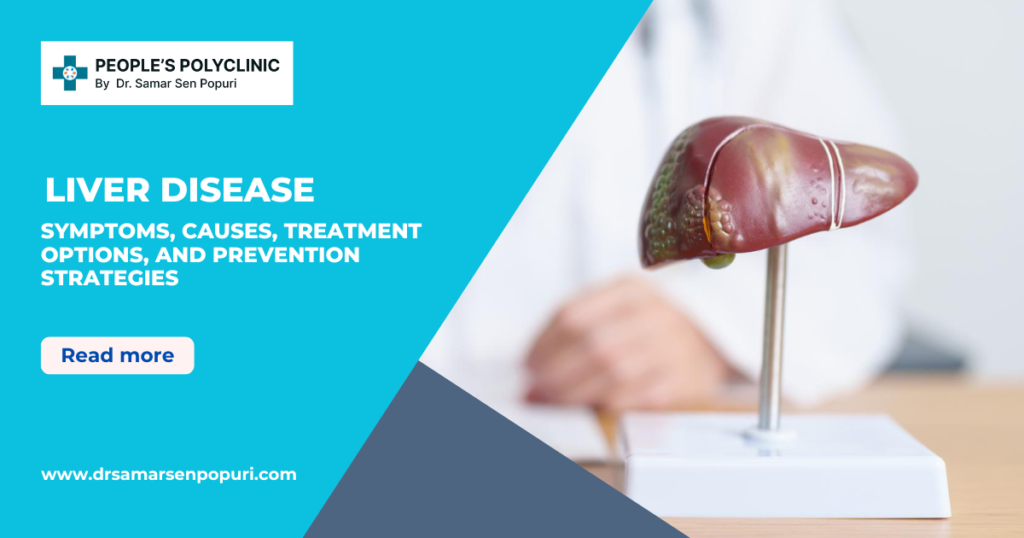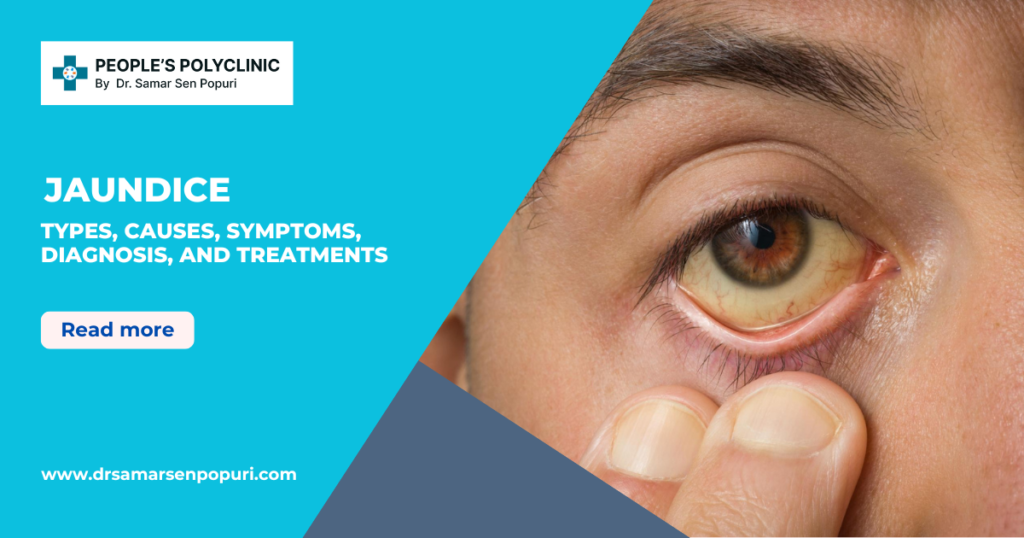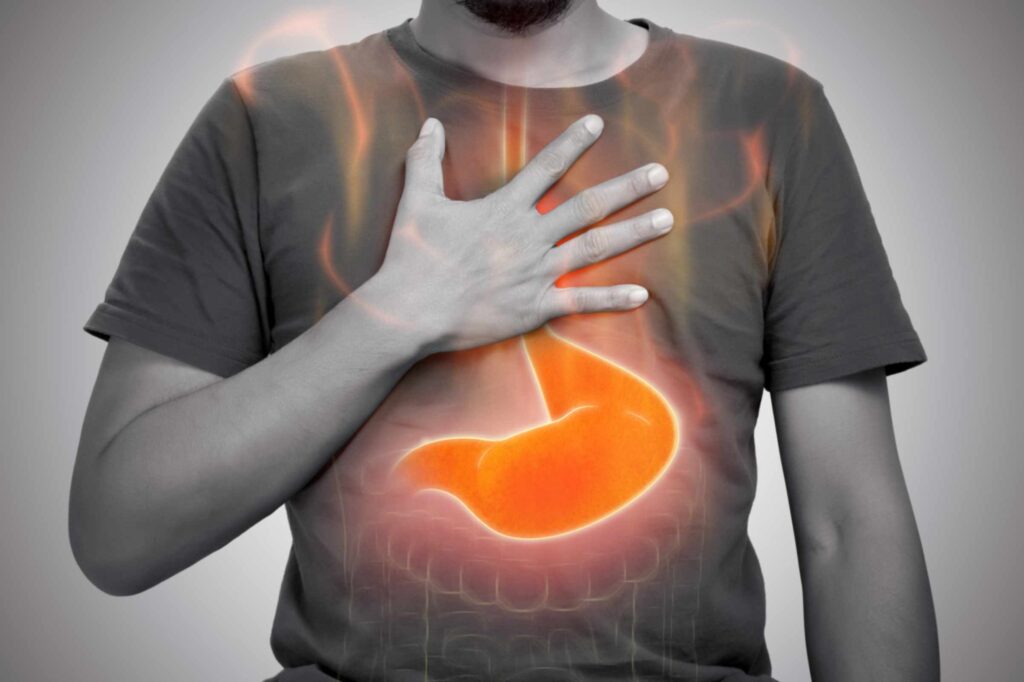 Your Heart Deserves VIP Treatment!
Your Heart Deserves VIP Treatment!
Chest pain, huh? It’s like that stubborn relative who shows up uninvited and overstays their welcome. You want to ignore it, but deep down, you know something’s not right. So, instead of pretending it’ll disappear like a genie, let’s tackle it head-on!
Now that I’ve got your attention, let me introduce myself. I’m Dr. Samar Sen Popuri, and today, we’re going to talk about something serious yet completely beatable—heart attacks. Yes, I know the topic sounds scary, but stay with me. By the end of this blog, I want you to feel like you’re prepared, armed with knowledge, and motivated to keep that stopwatch running!
Every Second Counts!
You see, when it comes to chest pain, timing is everything. We have a saying in medicine: “Time is muscle.” Simply put, the longer you wait, the more heart muscle you lose during a heart attack. So, it’s critical that you know the symptoms and act quickly. I always tell my patients, “Don’t wait for the stars to align or for your phone to charge to 100%—act fast!”
Heart Attack or Just Gas?
Let’s be real. Not every chest pain is a heart attack. Sometimes, it’s the biryani or that extra spicy pani puri you indulged in. But here’s the catch: it’s better to be safe than sorry. Don’t start diagnosing yourself based on Google searches or old wives’ tales. If you’re feeling unsure, it’s time to check in with a doctor.
Signs of a Heart Attack:
Now, let’s talk about the actual symptoms of a heart attack, so you know what to watch out for. These symptoms don’t care about your gender, age, or how much masala you can handle. They can happen to anyone!
- Chest Pain or Discomfort: This one’s the classic, but it doesn’t always show up the same way. You might feel a squeezing, fullness, or even a burning sensation in your chest. It’s like your heart is giving you an angry hug. If this happens and lasts more than a few minutes, take it seriously.
- Shortness of Breath: It feels like you’ve run a marathon, but you’ve only walked from the sofa to the kitchen. No, it’s not just laziness—your heart is struggling.
- Pain Radiating to Arms, Neck, or Jaw: If the discomfort starts spreading to your arms, back, neck, or jaw, that’s a red flag. It’s not a sore muscle or that bad pillow you slept on. Time to get checked.
- Cold Sweat, Nausea, or Light-headedness: If you feel like you’re suddenly auditioning for a reality show where you’re placed in a sauna with nausea and dizziness, it could be a heart attack. Let’s not pretend it’s just because you’re stressed about that work presentation.
- Unexplained Fatigue: If you’re feeling tired for no reason, as if you’ve run up Charminar stairs twice, this might be your heart telling you something’s not right.
Don’t Be a Hero, Be Smart
Alright, here’s where I get stern for a moment. If you feel any of the above symptoms, don’t ignore them! I can’t tell you how many patients try to “wait it out” thinking it’ll go away. Spoiler alert: it doesn’t. A heart attack doesn’t care if you’ve got a big meeting tomorrow or if there’s a cricket match you want to watch. Be the hero who acts fast, not the one who tries to tough it out.
Diagnosis: Not as Scary as You Think
Once you’re at the clinic or hospital, we’ll run some tests to figure out what’s going on. Don’t worry, none of this is as scary as it sounds. Here’s what typically happens:
- ECG (Electrocardiogram): This is a painless test where we put electrodes on your chest to measure the electrical activity of your heart. If there’s something off, we’ll know right away. Think of it like your heart’s WhatsApp status—it tells us what’s going on inside.
- Blood Tests: We’ll check for troponin levels in your blood. Troponins are proteins released when the heart muscle is damaged. If these levels are high, it’s a sign that your heart might be in trouble.
- Chest X-ray: This will give us a visual of your heart and lungs to make sure nothing else is causing the pain, like lung problems or even rib fractures.
- Angiogram: In some cases, we may need to do an angiogram, which involves injecting a dye into your arteries and using X-ray imaging to see if any of them are blocked. Don’t worry, it sounds more dramatic than it is—it’s one of the best ways to know exactly what’s happening with your heart.
Treatment: Let’s Get That Heart Pumping Again
Okay, so let’s say you’re diagnosed with a heart attack. What happens next? Well, don’t worry, we’ve got plenty of options to get your heart back on track.
- Medications: Depending on your condition, we may start with medications like aspirin or blood thinners to prevent further clotting. Sometimes, beta-blockers are used to slow down your heart rate, while ACE inhibitors help relax your blood vessels.
- Angioplasty and Stent: This is a common procedure where we insert a tiny balloon into your blocked artery to open it up. After that, we place a stent (a small mesh tube) to keep the artery open. This is like clearing out a clogged drain—once done, your heart will thank you.
- Bypass Surgery: In more severe cases, you might need a bypass surgery where we create a new pathway for blood to flow around the blocked artery. Think of it as creating a new road when there’s a traffic jam on the main highway.
- Lifestyle Changes: Now comes the part where you have to do some homework. Yes, medications and procedures help, but your lifestyle plays a massive role in keeping your heart healthy. This includes:
- Eating healthy. No, I’m not saying give up your favorite foods entirely, but maybe limit those oily, fried samosas!
- Exercising regularly. You don’t have to run a marathon—just aim for 30 minutes of walking or yoga each day.
- Managing stress. Meditation, deep breathing, or even just taking a break can help keep stress (and your blood pressure) in check.
- Quitting smoking. If you smoke, this is the time to quit. Your heart and lungs will thank you.
Prevention: Your Heart Deserves VIP Treatment
You know how they say, “Prevention is better than cure”? Well, this applies to heart health in a big way. Even if you’ve never experienced chest pain, it’s important to keep your heart healthy to avoid problems later.
- Watch What You Eat: Keep an eye on your diet. Try to limit foods high in saturated fats, salt, and sugar. Opt for more fruits, vegetables, whole grains, and lean proteins. You don’t have to go full-on organic or become a nutrition expert—just be mindful.
- Get Moving: Our bodies were made to move, and that includes your heart! Try to get at least 150 minutes of moderate-intensity exercise per week. Whether it’s walking, swimming, or dancing, find something you enjoy and stick to it.
- Know Your Numbers: Keep track of your blood pressure, cholesterol, and blood sugar levels. Regular check-ups can catch problems before they become serious.
- Manage Stress: Stress is a silent enemy for the heart. Yoga, meditation, or even just talking to a friend can help reduce stress levels. Laughing is also great for the heart—so maybe this blog has already done some good!
Final Thoughts: You’re Not Alone
Dealing with chest pain or the thought of a heart attack can be scary, but remember, you’re not alone. Your heart is the engine of your body, and like any engine, it needs care and attention. The more you know, the better prepared you’ll be to keep it running smoothly.
So, if you’re experiencing chest pain, don’t brush it off like yesterday’s WhatsApp forward. Get help, get checked, and most importantly—act fast! Every second counts, and together, we can keep that heart healthy and strong for years to come.
Stay safe, stay heart-smart!
Contact Dr Samar Sen Popuri for more information



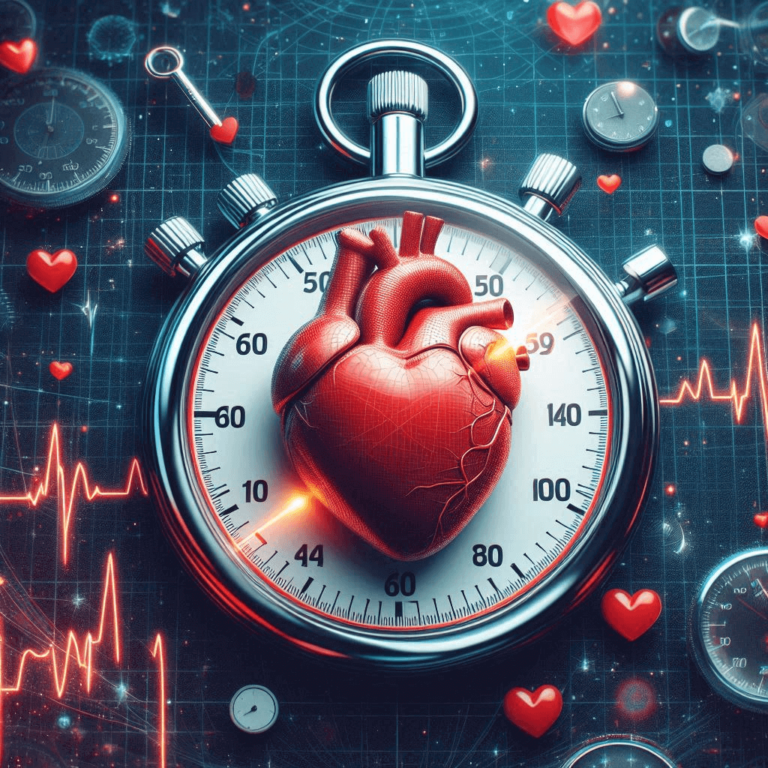
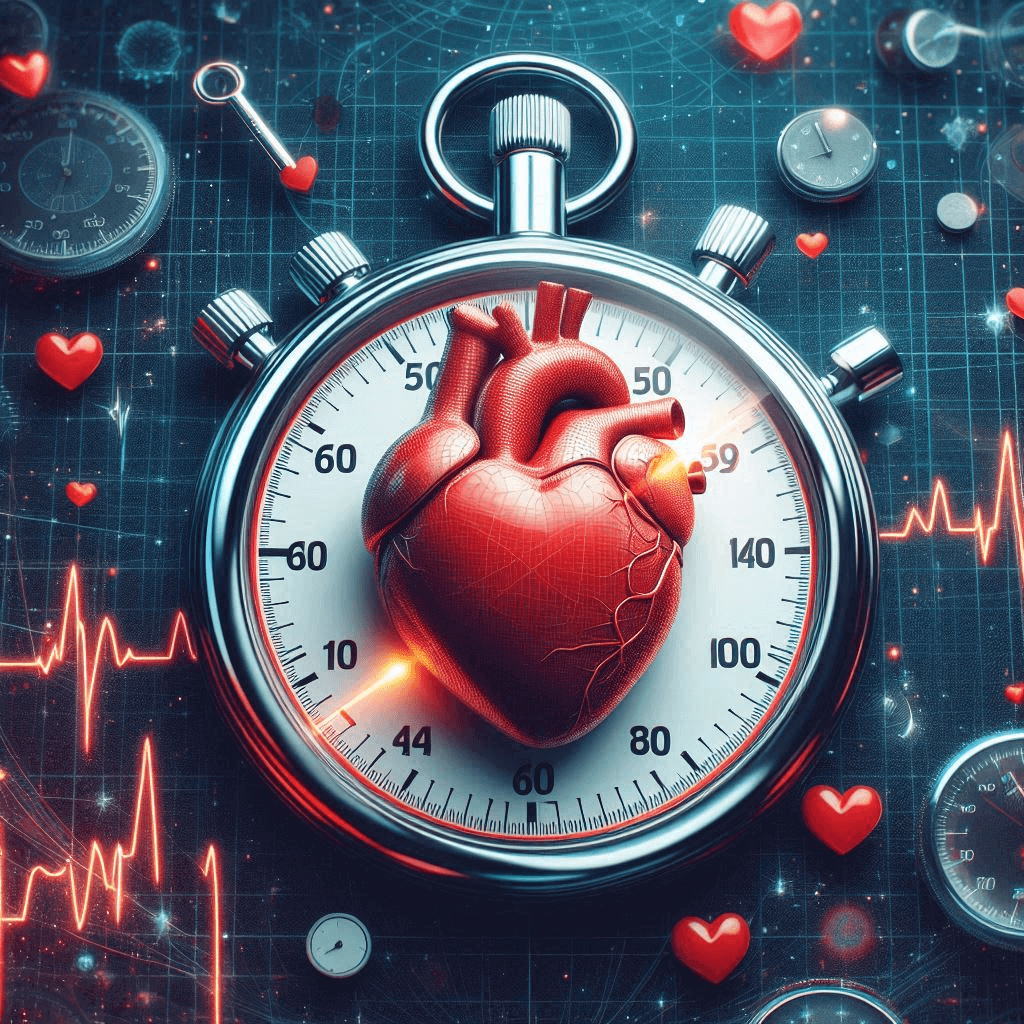 Your Heart Deserves VIP Treatment!
Your Heart Deserves VIP Treatment!

